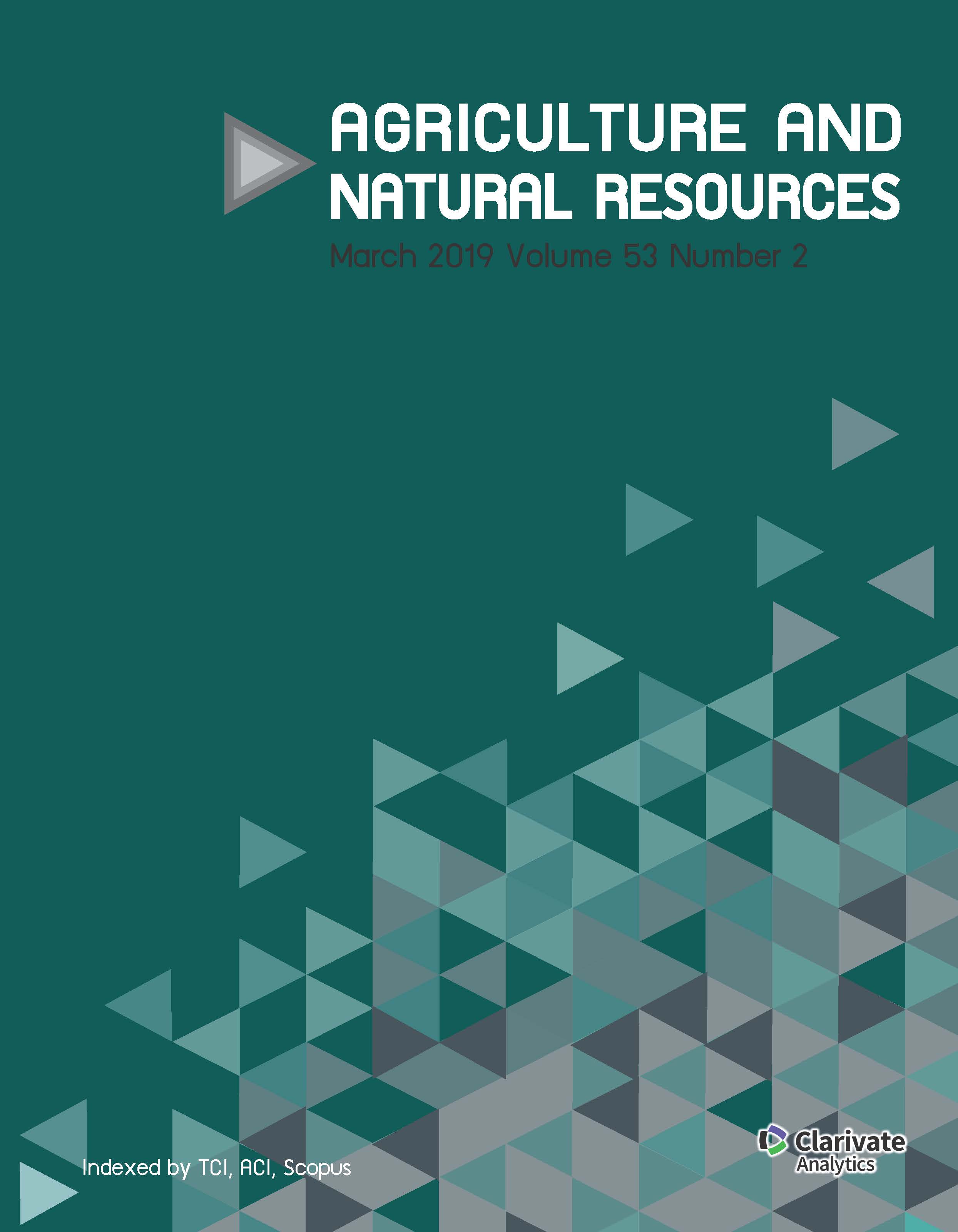Antibacterial activity assessment of woolen fabric treated with natural dyes and chitosan
Keywords:
Antimicrobial activity, Chitosan, Mordant, Natural dye, Wool fabricAbstract
In the textile industry, the finishing process has an important role in the antibacterial characterization of fabrics. Antibacterial growth was investigated in woolen fabric with natural biopolymeric material (chitosan) and natural dyeing (turmeric and madder). The effect of mordant concentration was studied in terms of dyeing concentration, dyeing temperature and dyeing time on the color strength. The results indicated that colorant absorption coefficient/colored substrate scattering coefficient (K/S) values increased with an increase in the chitosan and dyeing concentrations. The highest K/S value for turmeric was 2% chitosan, 55ºC dyeing temperature and 105 min and for madder was 2% chitosan, 73°C temperature and 75 min at 9% shade. Good fastness properties were also achieved using both dyes. The results confirmed that the combination of chitosan and natural dye enhanced the antibacterial activity of woolen fiber against Escherichia coli and Staphylococcus aureus. The impregnation of chitosan in the fabric structure was also examined using scanning electron micrographs.
Downloads
Published
How to Cite
Issue
Section
License

This work is licensed under a Creative Commons Attribution-NonCommercial-NoDerivatives 4.0 International License.
online 2452-316X print 2468-1458/Copyright © 2022. This is an open access article under the CC BY-NC-ND license (http://creativecommons.org/licenses/by-nc-nd/4.0/),
production and hosting by Kasetsart University of Research and Development Institute on behalf of Kasetsart University.







